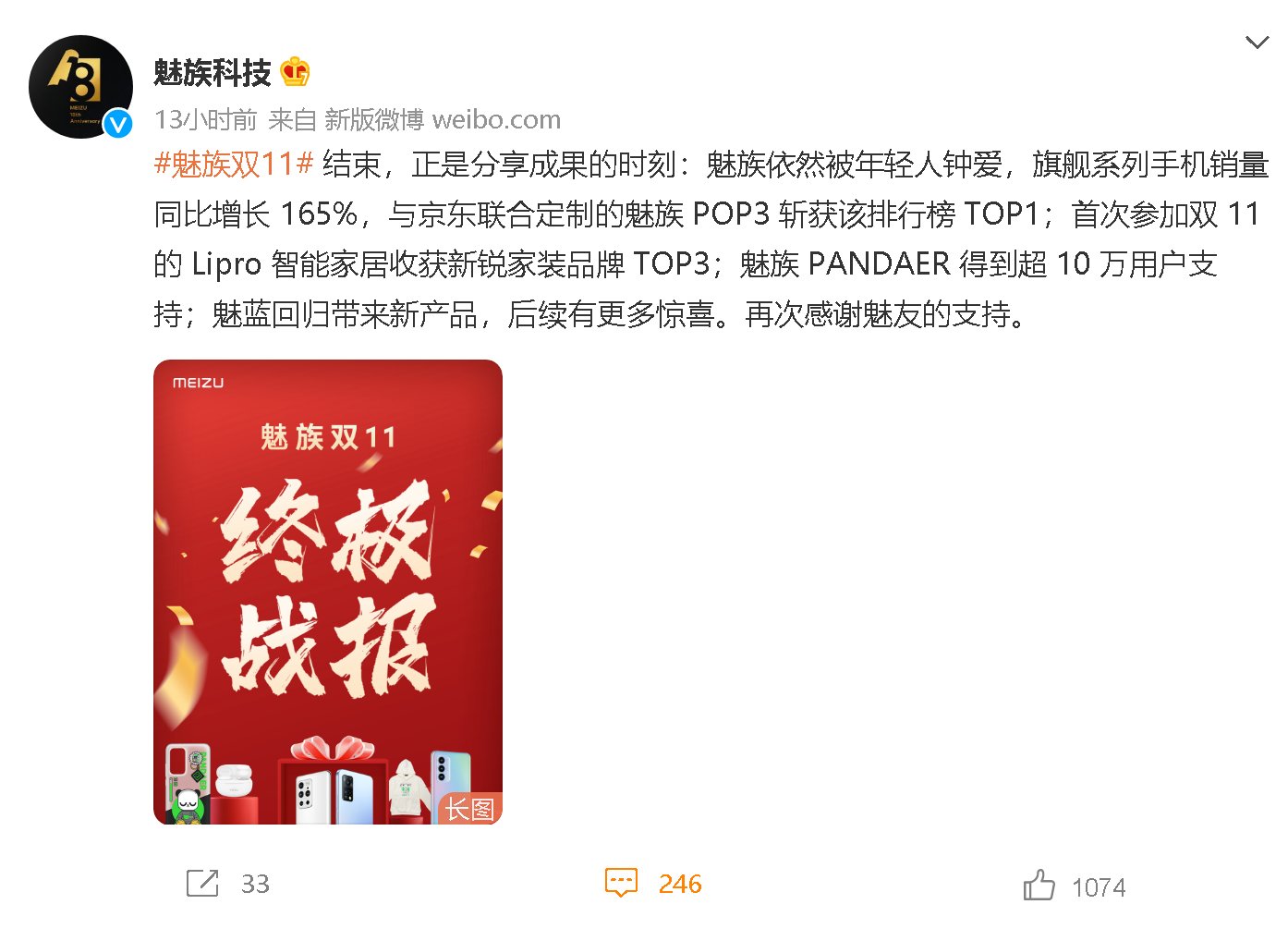宝剑锋从磨砺出,梅花香自苦寒来。这篇文章主要讲述原创Android Retrofit学习之旅相关的知识,希望能为你提供帮助。
1、依赖 build.gradle
compile ‘com.squareup.retrofit2:retrofit:2.1.0‘
compile ‘com.squareup.retrofit2:converter-gson:2.1.0‘
2、权限
androidManifest.xml
<
uses-permission android:name="android.permission.INTERNET" />
3、获取api数据的地址,我从网上找了一个获取天气的地址,如下:
https://www.apiopen.top/weatherApi?city=海口
看这个地址就是可以用get方法来获取。
以上这些准备好了,我们就开始Retrofit的学习,刚开始我也是摸不着头发,感觉好深奥,可能是菜鸟的原因,决定从最基础的入手。
首先我新建一个接口:获取天气的api
WeatherApi.class
public interface WeatherApi {
@GET("weatherApi?city=海口")
Call<
ResponseBody>
getWeatherInfo();
}
Retrofit提供的请求方式注解有@GET和@POST等,分别代表GET请求和POST请求,上面用的是GET请求,访问的地址是:“weatherApi?city=海口”。另外定义getWeahterInfo()方法,这个方法返回的类型Call< ResponseBody> 。
然后我们创建Retroit
Retrofit retrofit = new Retrofit.Builder.baseUrl("https://www.apiopen.top/")
.addConverterFactory(GsonConverterFactory.create()).build();
WeatherApi weatherApi = retrofit.create(WeatherApi.class);
Call<
ResponseBody>
call = weatherApi.getWeatherInfo();
Retrofit是通过建造者模式构建出来的,请求的url是拼接而成,它是由baseUrl传入的URL加上请求网络接口的@GET("weatherApi?city=海口")中的URL拼接而成的,接下来用Retrofit的create方法动态代理获取到之前定义的接口,并调用该接口定义的getWeatherInfo()方法得到Call对象。 接下来用Call请求网络并处理回调,代码如下:
call.enqueue(new Callback<
ResponseBody>
() {
@Override
public void onResponse(Call<
ResponseBody>
call, Response<
ResponseBody>
response) {
String body = null;
try {
body = response.body().string();
} catch (IOException e) {
e.printStackTrace();
}
ToastUtils.showLong(body);
}@Override
public void onFailure(Call<
ResponseBody>
call, Throwable t) {}
});
请求是异地请求网络,回调的CallBack是运行在UI线程,得到返回的response.body()就是一个json串,我们用string()打印出来,用Toast显示看看。如果想同步,请用call.execute();如果想中断网络,请用call.cancel()。
【原创Android Retrofit学习之旅】
如有转载,请表明出处
推荐阅读
- 安卓详细布局分析-从根布局到具体布局
- Securing ASP.NET Core 2.0 Applications with JWTs
- android webview设置和遇到的坑
- PrimeFaces Ajax poll例子
- PrimeFaces Ajax事件示例
- PrimeFaces Ajax下拉列表
- PrimeFaces Ajax ActionListener示例
- PrimeFaces Ajax使用示例
- PrimeFaces AccordionPanel实例










